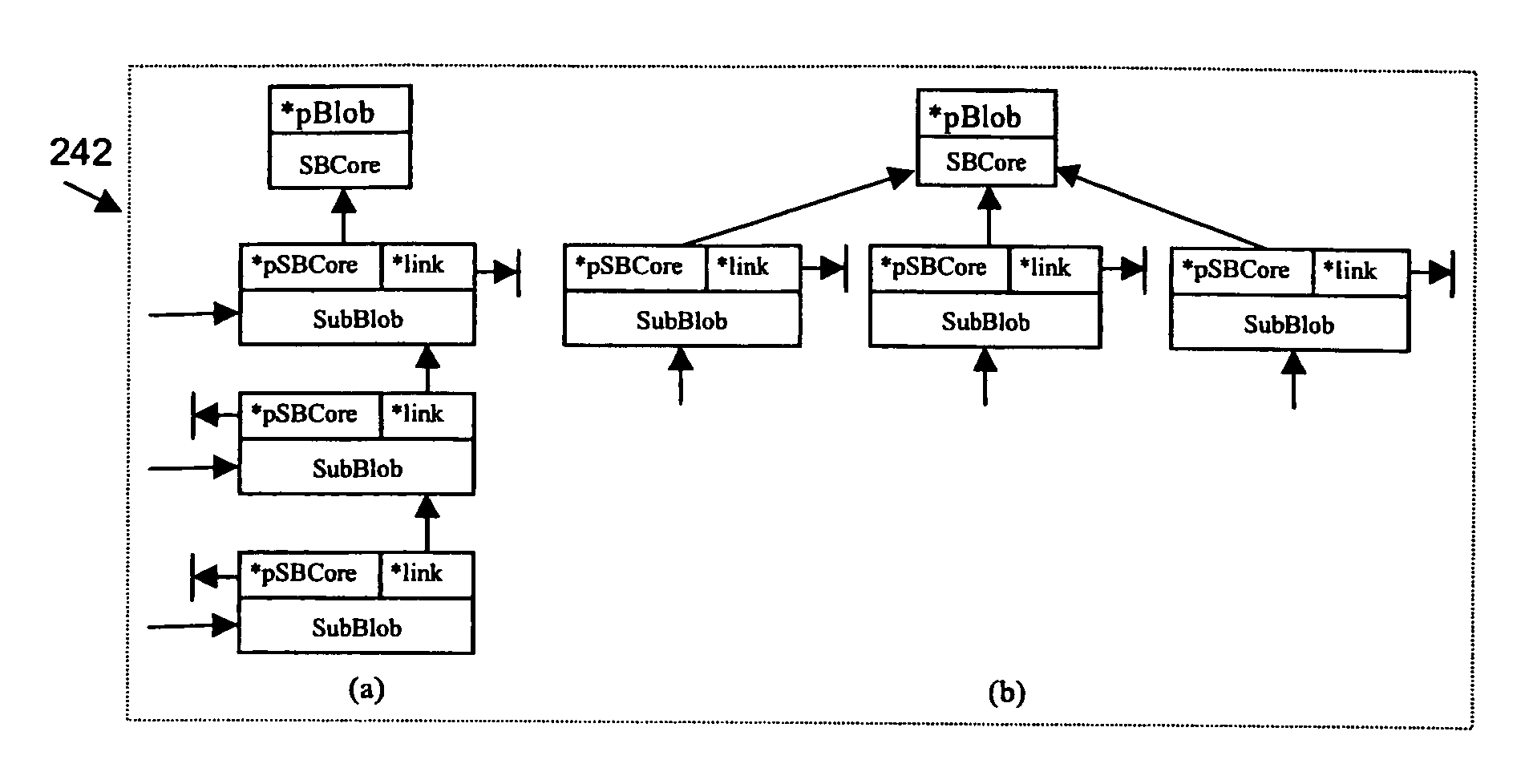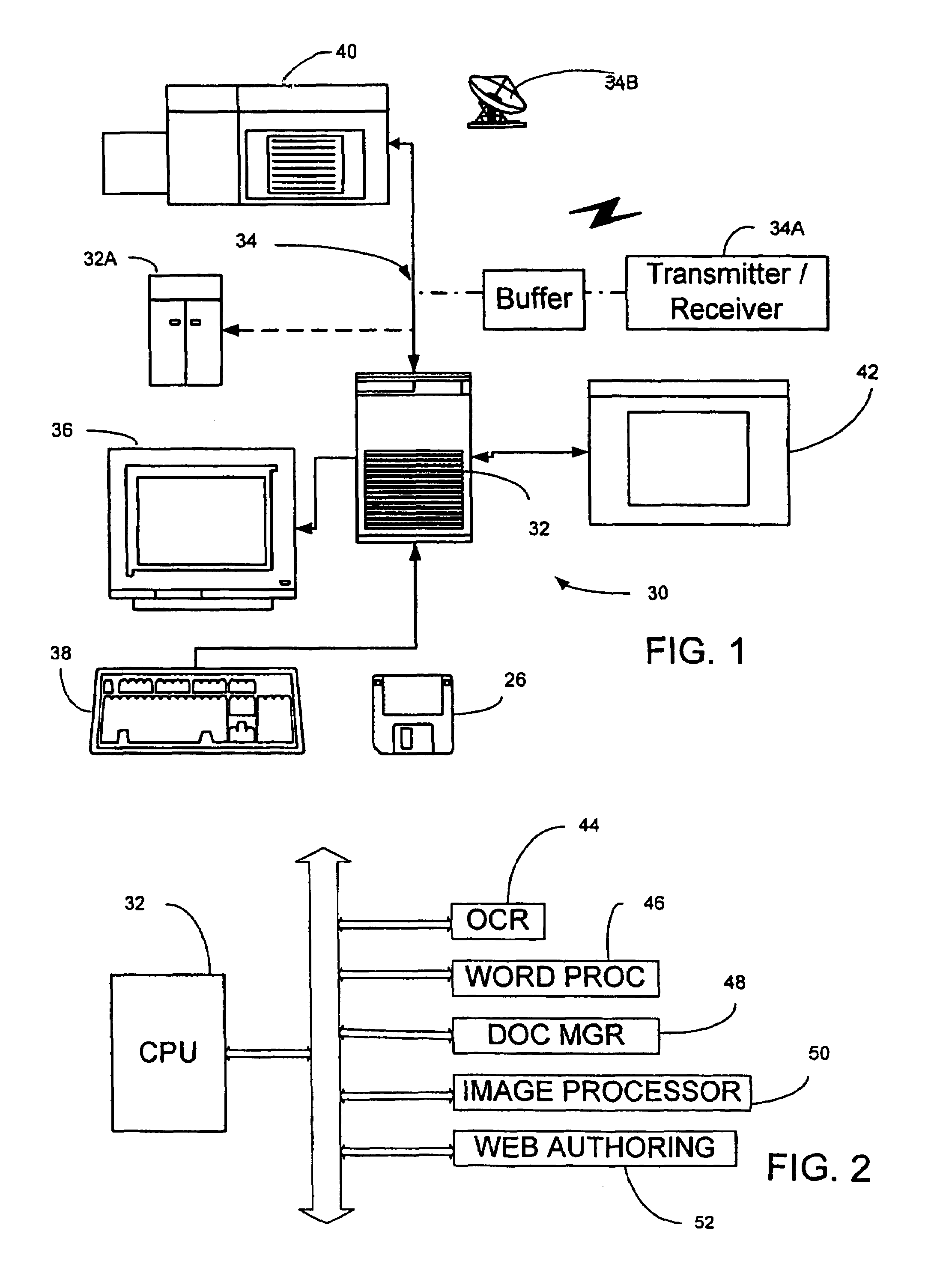Methods and apparatus for analyzing an image
a technology of images and methods, applied in the field of methods and apparatus for analyzing images, can solve the problems of inability to produce a data file that can be suitably suitably, information is lost or modified, and the data most likely will not be in the appropriate format for the desired end use of data, so as to facilitate recognition, facilitate analysis and processing, and improve the effect of image enhancemen
- Summary
- Abstract
- Description
- Claims
- Application Information
AI Technical Summary
Benefits of technology
Problems solved by technology
Method used
Image
Examples
Embodiment Construction
[0052]The following specification taken in conjunction with the drawings sets forth the preferred embodiments of the present inventions in such a manner that any person skilled in the art can make and use the inventions. The embodiments of the inventions disclosed herein are the best modes contemplated by the inventor for carrying out the inventions in a commercial environment, although it should be understood that various modifications can be accomplished within the parameters of the present inventions.
[0053]Methods and apparatus are described for analyzing images, for example to permit image segmentation, recognition of image interior portions, improved image enhancement, and / or to permit data compression or other processes. One or more of the methods permits easier image characterization, for example at multiple levels, allows disassembly of image layers or segments, takes into account a number of color attributes, can make easier such image enhancements as edge sharpening, selec...
PUM
 Login to View More
Login to View More Abstract
Description
Claims
Application Information
 Login to View More
Login to View More - R&D
- Intellectual Property
- Life Sciences
- Materials
- Tech Scout
- Unparalleled Data Quality
- Higher Quality Content
- 60% Fewer Hallucinations
Browse by: Latest US Patents, China's latest patents, Technical Efficacy Thesaurus, Application Domain, Technology Topic, Popular Technical Reports.
© 2025 PatSnap. All rights reserved.Legal|Privacy policy|Modern Slavery Act Transparency Statement|Sitemap|About US| Contact US: help@patsnap.com



